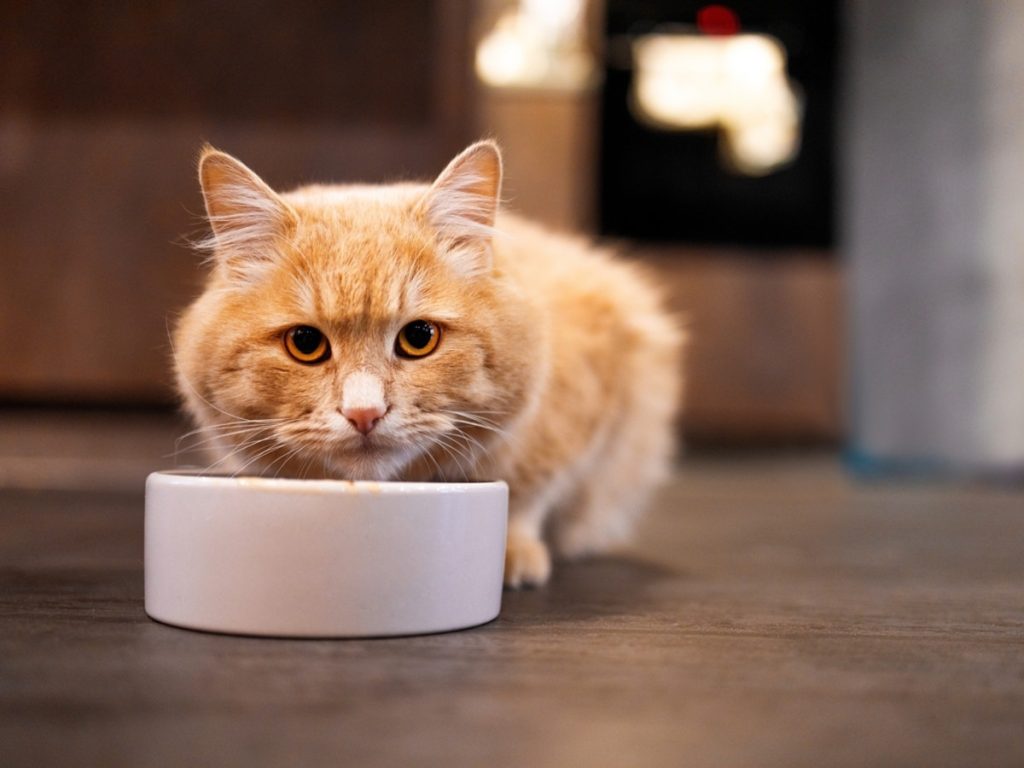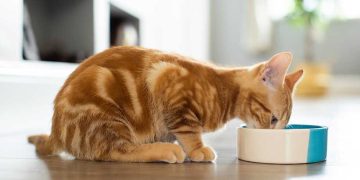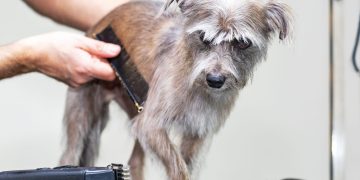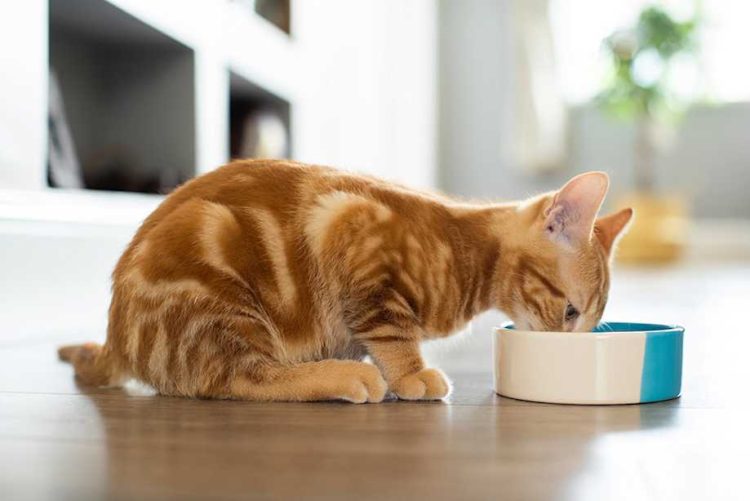In recent years, grain-free pet foods have gained significant popularity among pet owners, particularly dog owners. These diets are often seen as a healthier alternative to traditional pet food, with many claiming benefits such as improved digestion, better skin and coat health, and even increased energy levels. However, while grain-free diets have become mainstream, they also come with their own set of potential risks and concerns that pet owners need to understand.
In this article, we will explore the rise of grain-free pet foods, who should consider feeding their pets a grain-free diet, and the potential health benefits and risks that come with it.
The Rise of Grain-Free Pet Foods
The trend toward grain-free pet food can be traced back to the growing human trend of eliminating grains from diets, particularly in the form of low-carb, gluten-free, and paleo options. As humans began cutting grains out of their own meals, many pet owners wondered if their pets could also benefit from a similar dietary shift. Grain-free dog foods started to gain traction as more pet food brands began offering formulas that excluded grains like wheat, corn, and soy, replacing them with alternative carbohydrates such as sweet potatoes, peas, and lentils.
One key factor contributing to the popularity of grain-free diets is the increasing awareness of pet food ingredients. Pet owners are becoming more knowledgeable about what goes into their pets’ food, and many want to ensure that they are offering the healthiest, most natural options possible. The rise of grain-free diets is seen as part of a larger trend toward more natural and “clean” pet foods, similar to how many consumers are seeking more natural and organic options for themselves.
Moreover, grain-free diets have also been marketed as a more “ancestral” or “species-appropriate” way of feeding pets. Proponents of grain-free diets often argue that dogs (and to a lesser extent, cats) are primarily carnivorous animals that do not need grains in their diet. This argument is based on the idea that grains are not part of a pet’s natural diet and that pets thrive on protein-rich, meat-based foods.
However, it’s important to recognize that grain-free diets are not necessarily a new phenomenon. In fact, before commercial pet food took hold in the mid-20th century, homemade pet food was often grain-free. Many early dog foods, especially those prepared by breeders or owners, were based on meat, vegetables, and a variety of natural ingredients, without the inclusion of grains like wheat or corn.
Who Should Feed Their Pets a Grain-Free Diet and Why?
While grain-free diets may seem like the best choice for every pet, they are not suitable for all animals. Determining whether your pet should go grain-free depends on several factors, including their age, breed, size, activity level, and specific health conditions.
1. Pets with Food Sensitivities or Allergies
The most common reason pet owners opt for grain-free diets is to address food sensitivities or allergies. Grains such as wheat and corn are some of the most common food allergens in pets. Pets that suffer from skin irritation, gastrointestinal upset, or chronic ear infections might benefit from a grain-free diet because it removes potential allergens from their food. For pets with diagnosed sensitivities to grains, switching to a grain-free diet can reduce symptoms and improve their overall health.
However, it’s important to remember that while grains may be a common allergen, other ingredients in pet food, such as proteins (like beef, chicken, or dairy), may also cause sensitivities or allergies. Therefore, if your pet is experiencing allergic reactions, it’s important to consult with a veterinarian to identify the specific cause of the allergies and determine if a grain-free diet is the right solution.
2. Pets with Digestive Issues
Some pets with digestive issues such as bloating, diarrhea, or constipation may benefit from a grain-free diet. Grains can sometimes be difficult for pets to digest, particularly for those with sensitive stomachs. By replacing grains with alternative carbohydrates such as sweet potatoes or peas, grain-free diets may be easier on the digestive system, promoting better bowel movements and reducing inflammation in the gut.
That being said, not all digestive issues are related to grains, and a balanced diet should address all aspects of digestion, including fiber, probiotics, and protein content. If your pet is experiencing digestive problems, it’s crucial to have them evaluated by a veterinarian to ensure the diet is suitable for their specific needs.
3. Pets with Certain Health Conditions
Some health conditions may benefit from a grain-free diet, especially in cases where the underlying cause involves food sensitivities or an inability to process grains efficiently. For example, dogs with pancreatitis, a condition where the pancreas becomes inflamed, may require a low-fat, grain-free diet to manage the disease and prevent flare-ups.
Similarly, dogs with diabetes may be placed on a grain-free diet that includes low glycemic carbohydrates to help regulate blood sugar levels. These pets may benefit from alternative carbohydrates like sweet potatoes, which provide slow-digesting energy and avoid sudden spikes in blood sugar.
4. Dogs with Active Lifestyles
Dogs that are very active, such as working dogs, sporting dogs, and high-energy breeds, may benefit from a grain-free diet that’s higher in protein and fat. Active dogs require more energy to fuel their bodies, and a grain-free diet that’s rich in meat and alternative carbohydrates can provide the necessary nutrients for sustained energy and muscle growth.
For pets with an active lifestyle, it’s essential that their diet provides the right balance of nutrients to ensure they stay healthy and energized.

Potential Health Benefits of Grain-Free Diets
Grain-free diets are often marketed as having several health benefits for pets, particularly in the areas of digestion, skin health, and overall well-being. Here are some of the main benefits associated with grain-free diets:
1. Improved Digestion
For pets with food sensitivities or allergies, grain-free diets can help improve digestion. Grains can sometimes cause inflammation in the digestive tract, leading to discomfort and symptoms like diarrhea or vomiting. Grain-free foods, often containing ingredients like sweet potatoes, lentils, or peas, may be easier to digest, promoting better gut health and regular bowel movements.
2. Healthier Skin and Coat
Some pets with grain sensitivities experience skin issues such as itching, dryness, and inflammation. Grain-free diets that avoid common allergens like wheat or corn can help alleviate these symptoms and promote healthier skin and a shinier coat. The inclusion of high-quality proteins and omega-3 fatty acids in grain-free diets can also contribute to improved skin health.
3. Weight Management
Grain-free diets are often lower in carbohydrates, which may help pets maintain a healthy weight. By reducing their intake of simple carbohydrates found in grains, pets may experience less weight gain and more consistent energy levels. The high protein content of many grain-free diets also helps build lean muscle mass and supports healthy metabolic function.
4. Increased Energy Levels
Pets that consume grain-free diets often report improved energy levels. This is because grain-free foods are typically higher in protein and fat, providing pets with sustained energy throughout the day. This is particularly beneficial for active dogs or those that engage in physical exercise regularly.
Potential Health Risks of Grain-Free Diets
While grain-free diets may offer several benefits, they are not without potential risks, especially if not properly balanced. Here are some concerns that pet owners should consider:
1. Dilated Cardiomyopathy (DCM)
One of the most significant concerns surrounding grain-free diets, especially those high in legumes such as peas and lentils, is a potential link to dilated cardiomyopathy (DCM). DCM is a serious heart condition that can lead to heart failure, and some studies have raised concerns about the association between grain-free diets and an increased risk of DCM in dogs.
The Food and Drug Administration (FDA) has been investigating reports of dogs developing DCM after consuming certain grain-free diets. While the exact cause of the link is still unclear, veterinarians advise pet owners to be cautious when choosing grain-free foods, particularly if their pets are at risk of DCM or have a family history of the condition.
2. Nutritional Imbalance
Grain-free diets can sometimes lead to nutritional imbalances if they are not carefully formulated. For example, the exclusion of grains may lead to insufficient fiber, which can impact digestion. Additionally, some grain-free foods may rely heavily on legumes for protein and carbohydrate content, which can result in an imbalance of essential nutrients like vitamins and minerals.
3. Cost and Availability
Grain-free pet foods are often more expensive than traditional pet foods, which can be a barrier for some pet owners. Additionally, while grain-free options are becoming more widespread, they may not be as readily available as traditional pet foods in certain areas, making them less convenient for some pet owners to access.
Conclusion
Grain-free diets continue to be a popular choice among pet owners due to the perceived health benefits for pets, particularly those with food sensitivities or digestive issues. These diets can improve digestion, promote healthier skin and coat, and provide sustained energy for active pets. However, there are also risks associated with grain-free foods, such as potential links to DCM and the possibility of nutritional imbalances if the diet is not properly formulated.
Ultimately, the decision to feed your pet a grain-free diet should be based on individual needs and health conditions. Before making any significant changes to your pet’s diet, it’s important to consult with a veterinarian who can provide personalized recommendations based on your pet’s age, breed, activity level, and overall health.























































